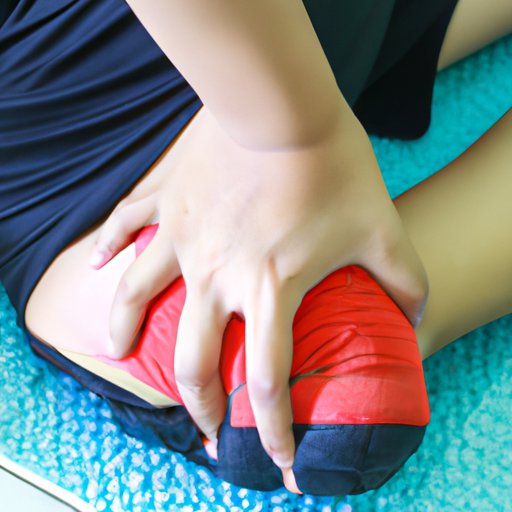
Introduction
Shin splints refer to the pain experienced along the front of the lower leg and can be caused by various factors. This pain can range from mild discomfort to severe pain that interferes with daily activities. It is crucial to address the problem of shin splints to avoid further injuries and pain.
Identifying The Causes Of Shin Splints
Shin splints can be caused by different factors, including overuse, flat feet, improper footwear, and muscle imbalance. The most common symptom of shin splints is pain in the shinbone or shin muscle, especially during and after exercise. Other symptoms can include swelling, tenderness, and soreness.
Stretching Exercises
Stretching exercises are an effective way to reduce pain and alleviate the symptoms of shin splints. Stretching can help improve flexibility, increase blood flow, and prevent muscle tightness. Some of the recommended stretching exercises for shin splints include calf stretch, shin stretch, and ankle circles. It is advisable to perform these exercises carefully and regularly to achieve maximum results.
Choosing The Right Footwear
Wearing proper footwear is crucial in preventing or managing shin splints. Individuals who engage in high impact activities should consider investing in shoes designed with cushioning, stability, and motion control features. It is essential to properly fit shoes to avoid discomfort and potential foot injuries.
The RICE Method
The RICE method stands for rest, ice, compress, and elevate. This method is helpful in managing pain and reducing inflammation caused by shin splints. The rest phase involves avoiding strenuous activities that can worsen the condition. Ice helps to reduce swelling and pain, while compression and elevation work together to reduce swelling in the affected area.
Creating A Workout Plan
Individuals with shin splints should avoid exercises that put pressure on the shin area and opt for low-impact activities such as swimming or cycling. It is essential to gradually increase the intensity and frequency of exercises. Building up strength can also help to prevent further injuries.
When To See Your Doctor
If shin splints do not improve with home treatments or if the pain persists even during rest, it is advisable to seek medical advice. Severe cases of shin splints can lead to stress fractures or other complications that require specialized medical attention.
Conclusion
Shin splints can be frustrating but can be managed with proper care and attention. By following the tips and techniques in this article, individuals with shin splints can alleviate pain and speed up the recovery process. Remember to consult a doctor or physical therapist before starting any exercise program.




